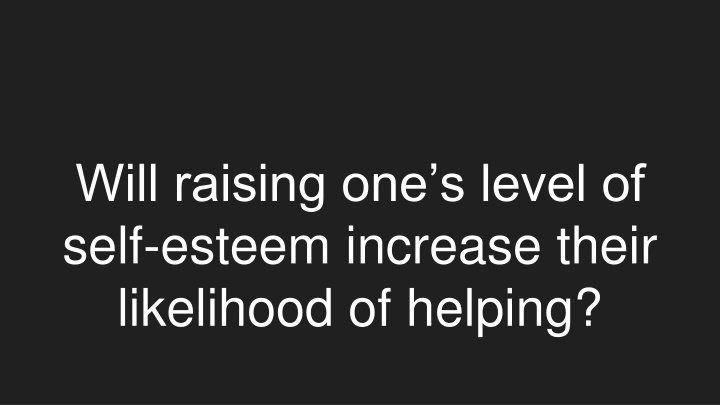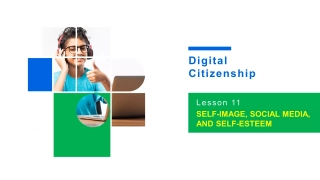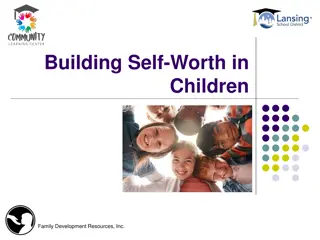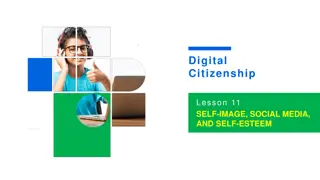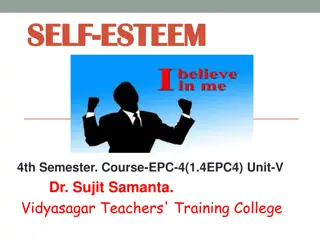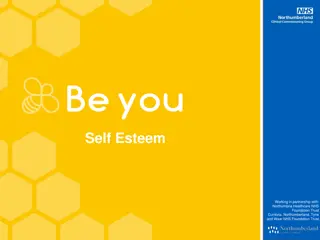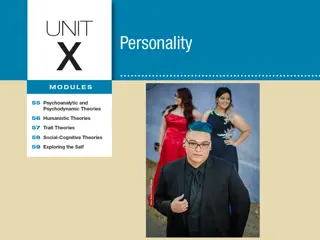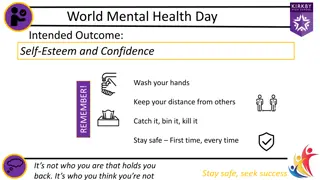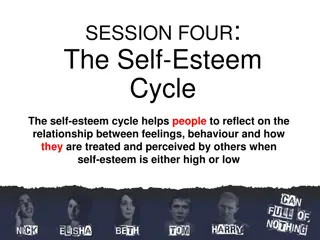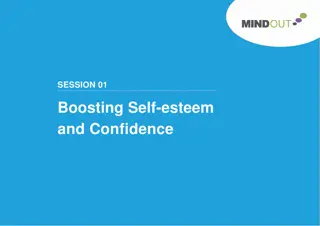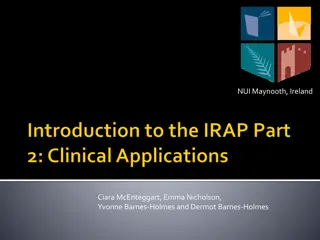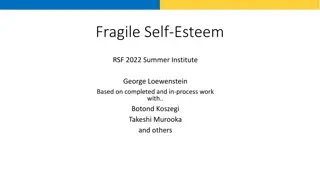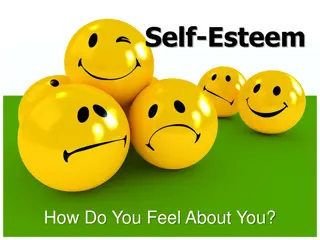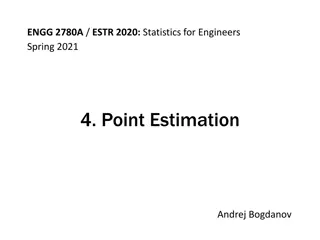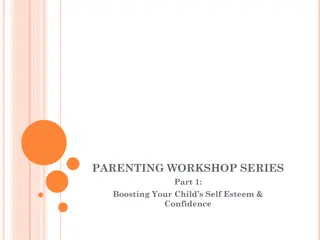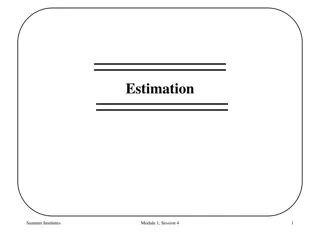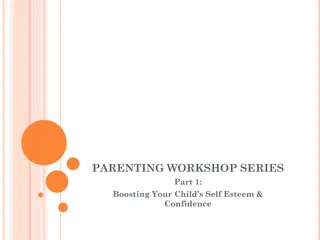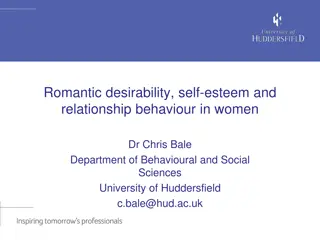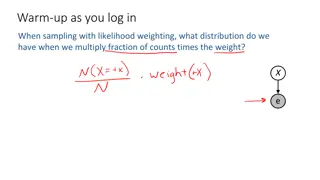Effect of Self-Esteem on Likelihood of Helping
This study explores the relationship between self-esteem levels and willingness to help others. Participants are either given positive feedback to boost self-esteem or no feedback, then observed for helping behavior. The research hypotheses, independent and dependent variables, along with the procedure, are detailed to investigate this connection.
Download Presentation

Please find below an Image/Link to download the presentation.
The content on the website is provided AS IS for your information and personal use only. It may not be sold, licensed, or shared on other websites without obtaining consent from the author.If you encounter any issues during the download, it is possible that the publisher has removed the file from their server.
You are allowed to download the files provided on this website for personal or commercial use, subject to the condition that they are used lawfully. All files are the property of their respective owners.
The content on the website is provided AS IS for your information and personal use only. It may not be sold, licensed, or shared on other websites without obtaining consent from the author.
E N D
Presentation Transcript
Will raising ones level of self-esteem increase their likelihood of helping?
Null / Research Hypothesis Null Hypothesis: There is no significant relationship between one s level of self-esteem and their likelihood of helping someone. Research Hypothesis: When a participant receives praise that raises their self-esteem, they are more likely to help someone who has dropped something.
Independent Variable One s level of self esteem This will be manipulated by giving positive feedback on a writing sample.
Dependent Variable Whether or not a participant helps someone. This will be measured by having a confederate drop a stack of xeroxed papers as the participant leaves the testing room.
Procedure 1. This will be an independent samples design. 2. Participants from both groups will be called in one at a time to meet with the researcher. 3. In condition A - the control group - participants will come into the room and be asked to write an advertisement for a holiday destination that they really love. After they complete the task, the researcher collects the document and thanks the participant for his/her time. 4. When the participant leaves the room, a confederate walks by and drops a stack of xeroxing. 5. Condition B is the same as condition A, except that in this case when the participant turns in the advertisement, the researcher reads it, praises the writing and engages in
